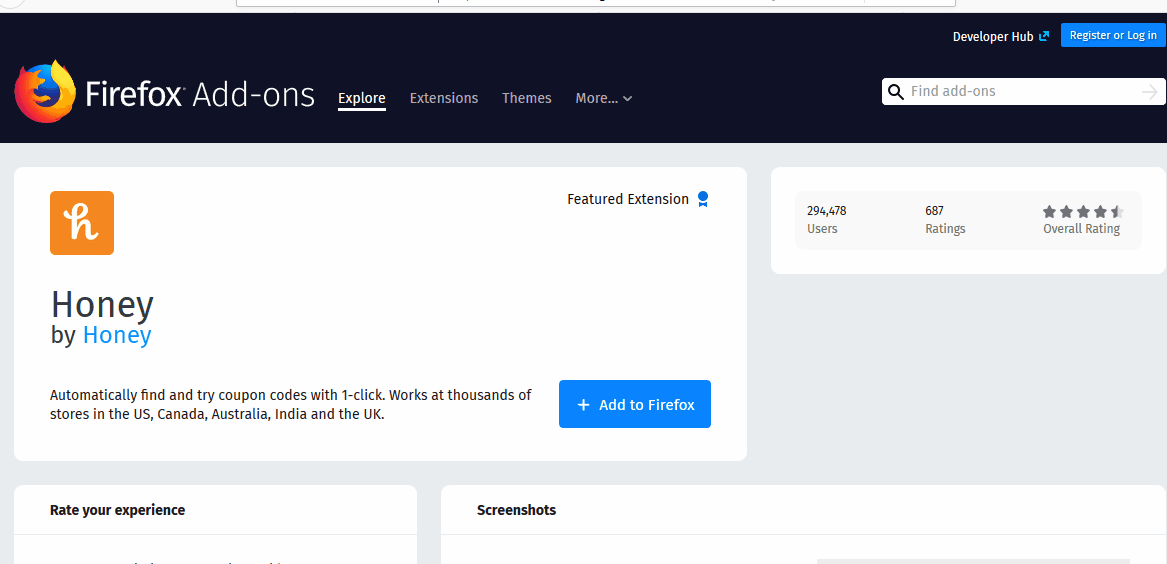Honey, Could You Help Pair Those Socks? Mac OS
Honey, Could You Help Pair Those Socks? Mac OS
This screen reader describes exactly what’s happening on your iPhone, iPad, Mac, Apple Watch, Apple TV, or iPod touch, so you can navigate just by listening. And with on‑device intelligence in iOS, VoiceOver can describe images in full sentences and read aloud text in an image.
- Honey Could You Help Pair Those Socks Mac Os Catalina
- Honey Could You Help Pair Those Socks Mac Os 11
- Honey Could You Help Pair Those Socks Mac Os Download
GNU is the only operating system developedspecifically to give its users freedom. What is GNU, and what freedomis at stake?
- Help and support content for Windows operating systems, including Windows 10, Windows 8.1, and Windows 7. Learn about activation, installation, updates, privacy, security, and how to install and configure devices on Windows.
- Reddit gives you the best of the internet in one place. Reinstall Mac OS X by gillluck in. I posted about these socks months ago. I got a pair, and haven't let.
- Always wanted to know how to make Scotch Pancakes.well now's your chance. Let's get cooking with Cousin Mac.Pre-order our new album Who's in the Odd Socks.
- You can now use LimeVPN servers as a proxy. Follow the below steps to configure LimeVPN server as SOCKS5 proxy. Go to System preference on your Mac and click on “Network”.
What is GNU?
GNU is an operating system thatis free software—that is,it respects users' freedom. The GNU operating system consists of GNUpackages (programs specifically released by the GNU Project) as wellas free software released by third parties. The development of GNUmade it possible to use a computer without software that would trampleyour freedom.
We recommend installableversions of GNU (more precisely, GNU/Linux distributions) whichare entirely free software. More about GNUbelow.
Guix / GNOME3
Parabola / LXDE

Trisquel / MATE
What is the Free Software Movement?
The free software movement campaigns to win for the users ofcomputing the freedom that comes from free software. Free softwareputs its users in control of their own computing. Nonfree softwareputs its users under the power of the software's developer. Seethe video explanation.
What is Free Software?
Free software means the users have the freedom to run,copy, distribute, study, change and improve the software.
Free software is a matter of liberty, not price. To understand theconcept, you should think of “free” as in “freespeech”, not as in “free beer”.
More precisely, free software means users of a program havethe four essentialfreedoms:
- The freedom to run the program as you wish, for any purpose (freedom 0).
- The freedom to study how the program works, and change it so it does your computing as you wish (freedom 1). Access to the source code is a precondition for this.
- The freedom to redistribute copies so you can help others (freedom 2).
- The freedom to distribute copies of your modified versions to others (freedom 3). By doing this you can give the whole community a chance to benefit from your changes. Access to the source code is a precondition for this.
Developments in technology and network use have made these freedomseven moreimportant now than they were in 1983.
Nowadays the free software movement goes far beyond developing theGNU system. See the Free SoftwareFoundation's web site for more about what we do, and a listof ways you can help.

More about GNU
GNU is a Unix-like operating system. Thatmeans it is a collection of many programs: applications, libraries,developer tools, even games. The development of GNU, started inJanuary 1984, is known as the GNU Project. Many of the programs inGNU are released under the auspices of the GNU Project; those wecall GNU packages.
The name “GNU” is a recursive acronym for “GNU'sNotUnix.” “GNU”is pronounced g'noo, as one syllable, like saying“grew” but replacing the r with n.
The program in a Unix-like system that allocates machine resourcesand talks to the hardware is called the “kernel”. GNU istypically used with a kernel called Linux. This combination isthe GNU/Linux operatingsystem. GNU/Linux is used by millions, thoughmany call it “Linux” bymistake.
GNU's own kernel, The Hurd,was started in 1990 (before Linux was started). Volunteers continuedeveloping the Hurd because it is an interesting technicalproject.
The GNU Project supports the Free Software Foundation's petition to call on school administrators around the world to stop requiring students to run nonfree software. Sign the petitionfor freedom in the classroom.
The GNU Project strongly urges the community to communicate in ways that are friendly, welcoming and kind. See the GNU Kind Communications Guidelines.
Beyond the shouting match: what is a blockchain, really?: If there's one thing that's true about the word 'blockchain', it's thatthese days people have strong opinions about it...
Building derivations, how complicated can it be?: Derivations are key to Guix, they're the low-level build instructionsused for things like packages, disk images, and most things than en...
GNU Parallel 20210422 ('Ever Given') released [stable]: GNU Parallel 20210322 ('Ever Given') [stable] has been released. It is available for download at: lbry://@GnuParallel:4...
Take Action
- Support the efforts on net neutralityin the USA,and in your home country.
- Defend privacy, and support global copyright reform with LQDN.
- Support current FSFcampaigns.
- Fight against software patents:worldwide, andin Europe.
Can you contribute to any ofthese HighPriority Areas?
- Free phone operating system,
- decentralization, federation and self-hosting,
- free drivers, firmware and hardware designs,
- real-time voice and video chat,
- encourage contribution by people underrepresented in the community,
- and more.
Can you help maintain a GNU package?
- cfengine, freedink, freetalk, halifax, mcron, quickthreads,are all looking for maintainers.
- Also, these packages are looking for co-maintainers:aspell, bison, gnuae, gnubik, metaexchange, powerguru, xboard.
See the package web pages for more information.
Today's random package…
Cim
Cim is the GNU compiler for Simula, the first object-oriented programminglanguage.(doc)
You can now use LimeVPN servers as a proxy. Follow the below steps to configure LimeVPN server as SOCKS5 proxy.
Go to System preference on your Mac and click on “Network”
Under Network settings, select the network that you are connected to and click on “Advanced”
Honey Could You Help Pair Those Socks Mac Os Catalina
Click on “Proxies” under the Advanced Settings and enter the following details:
Honey Could You Help Pair Those Socks Mac Os 11
Select a protocol: SOCKS proxy
SOCKS5 Proxy Server: Any server mentioned here and port 1080
Username: LimeVPN Username
Password: LimeVPN Password
And click on Okay
Honey Could You Help Pair Those Socks Mac Os Download
Click here to check if your IP address has changed.
Honey, Could You Help Pair Those Socks? Mac OS
